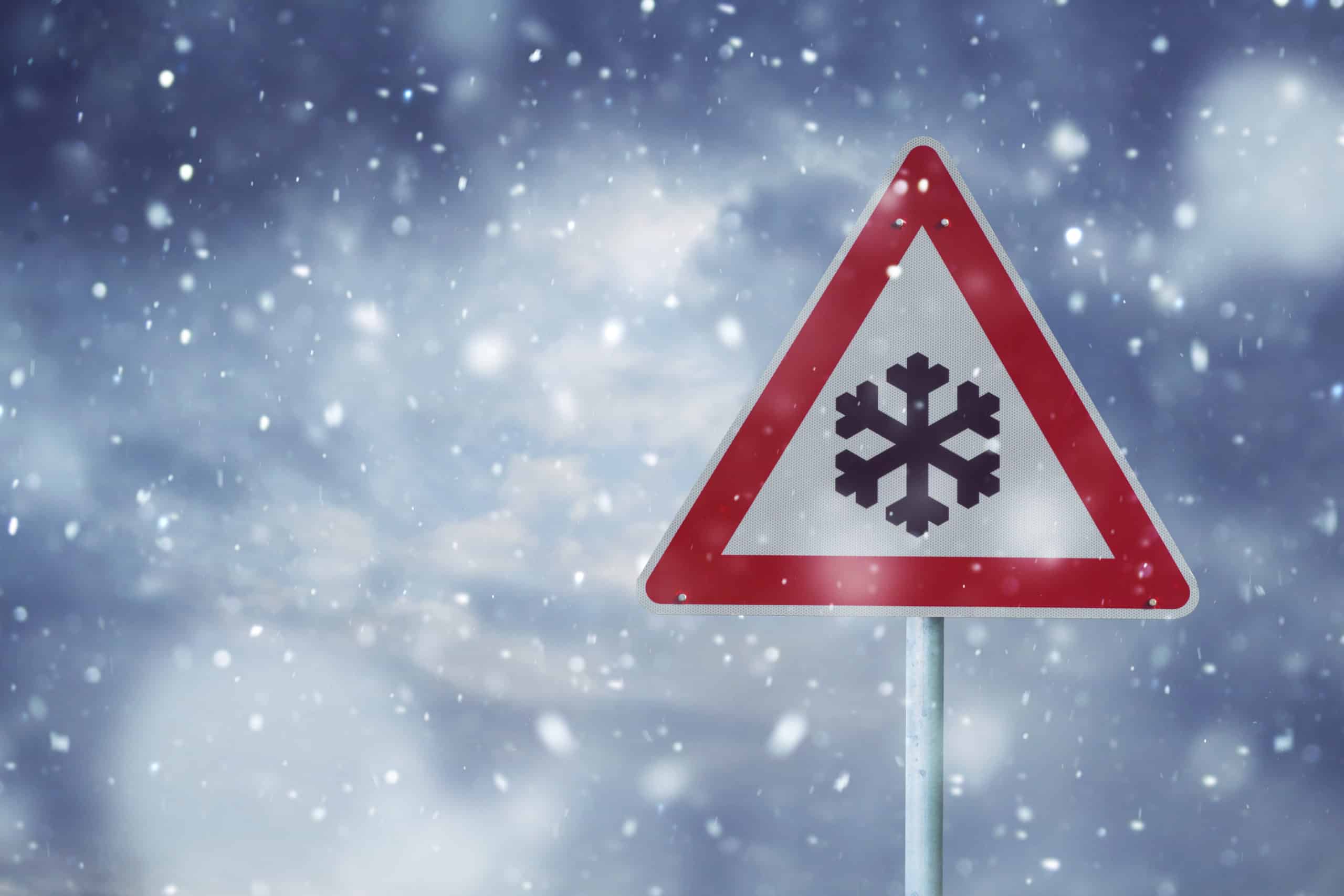Texas Survives the 22’ February Freeze, Have We Done Enough to Ensure Reliability?

In February of 2021, a major winter ice storm swept the state of Texas. The storm wreaked havoc on Texas’ energy markets. Its impact on infrastructure was immeasurable, and the memory is still fresh on many Texans’ minds. Power outages during that week in mid-February when temperatures across the state reached record lows affected over 4.5 million homes and businesses, in some instances for multiple days. As bad as the crisis was, it could have been worse – officials from the Electric Reliability Council of Texas (ERCOT) claimed the Texas power grid lost so much generation that it was “seconds or minutes away from” a catastrophic, state-wide blackout that could have lasted months.
In the aftermath of the storm and the resulting power crisis, Texans were left with some pressing questions. What caused the widespread extended blackouts? What is being done to fix it? Will it happen again? What can be done to protect Texans from this in the future?
The “why” of the storm can be a long and complicated explanation, and it’s made more confusing by various experts weaving their political or economic interests into their reasoning or using the crisis to deflect blame. The simple version boils down to a couple of related things: the increased demand brought about by extreme cold was more than enough to overpower the poor system planning for a worst-case event and lack of winterization of power equipment.
Texas homes and businesses don’t typically have much heating demand, so many of them have electric heaters. When parts of the state that consider anything below 40 degrees frigid started seeing temperatures approaching or dropping below zero, the resulting electricity demand to power all those heaters was extremely high. The more than 67 gigawatts of demand was not only higher than any winter demand in ERCOT’s history but higher than the system operator had planned for in a worst-case winter storm event. This meant that the marginal generation scheduled to be “on-call” was not enough to meet demand and rolling blackouts would have to be implemented to maintain grid stability and prevent a complete failure, which could have lasted weeks and possibly months to repair.
The problem of record demand was worsened by another problem brought about by the extreme cold – much of the gas transportation and electricity generation equipment in the state was not properly winterized to handle temperatures this low. So, while under-forecasting peak winter loads meant the grid operator would likely have to shut off 10% of the demand regardless of how well equipment performed, the lower-than-expected supply due to equipment failure meant that much more had to be shut off. The ensuing blackouts, intended to be “rolling,” affected many for days, causing numerous deaths and forcing businesses to close temporarily.
In the year since the storm, it’s hard to say what all has been done to address it. Some ERCOT members resigned. ERCOT’s CEO was fired. New directors, CEOs, and regulators have been hired and appointed. The chair of the Public Utility Commission was replaced, then replaced again a few weeks later after a controversial leaked phone call with utility investors. Lawsuits were filed, legislation was passed, and new rules were established like SB 3 and others on December 16 by the PUC to establish new reliability standards.
While the changes taking place at a higher level continue, some power consumers are taking it upon themselves to ensure reliability by installing on-site backup generation. This is one of the most popular ways a facility can ensure power in the event of more winter-storm-induced blackouts, standard distribution system outages, or hurricanes.
The number one benefit of on-site generation has always been and remains to be supplying a facility with power in the event of an outage, but there are secondary benefits of more advanced solutions that may become more valuable in the future. Installing a microgrid generator system can allow facilities to become market participants via demand response programs, peak management, and economic dispatch. This has historically been a good way to generate revenue that can offset the purchase price of a generator, but it has the potential to become much more lucrative in the future. With the stress the PUC and legislature are putting on grid resiliency, it seems likely that these emergency response programs will become better funded in the future – i.e., more valuable to their participants. Monitoring or getting ahead of these potential changes would be a smart move, as they could change the economics of purchasing an on-site generator in favor of the customer, potentially offering much-needed reliability for a lower net cost than in the past.
Whether it be by government intervention, regulatory changes, or consumers taking it upon themselves, ensuring electricity reliability has been at the top of everyone’s mind in the year since many realized how important electricity is to everyday life. While it remains to be seen how the grid will handle the rest of this winter and what operational and oversight changes will come, many more are paying attention to this issue now considering the 2022 freeze. While the most recent winter event was less severe than last year, the state and operators are taking greater precautions to protect the grid and their positions.



